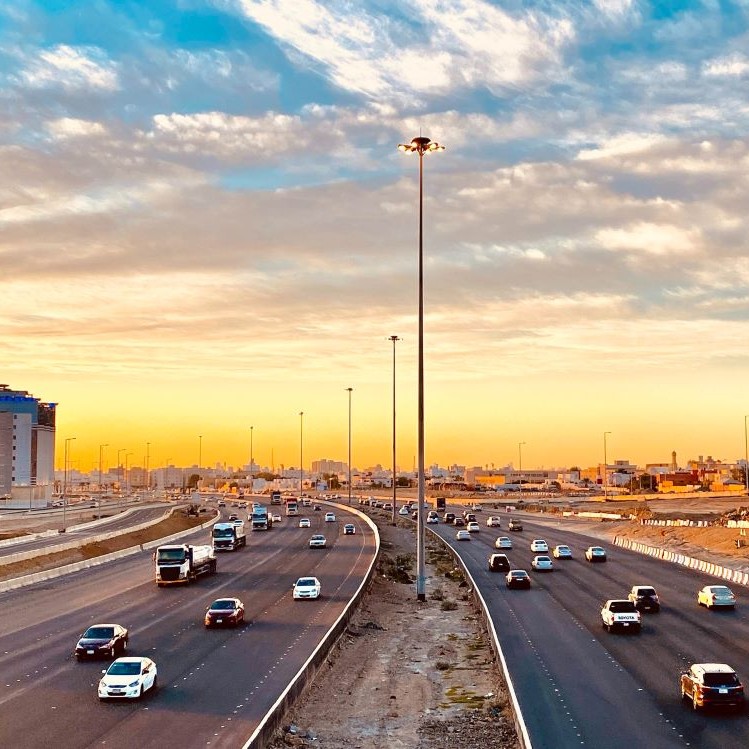Published:

A mega-city featuring flying cars, high-speed rail instead of roads, robot maids, a giant artificial moon, and a resort with multimillion-dollar palaces is the of the Saudi Arabian crown prince and prime minister, Muhammed Bin Salman (MBS). The project, called Neom, hopes to gain in investment with the ambitious goal of constructing a 106-mile-long carbon-neutral city with walls over 1,600 feet stretching from the Red Sea into the desert. Neom was announced back in 2017 and was originally planned to be completed by 2025, but due to the pandemic, only the of the project is projected to be completed by this time. If this sounds unrealistic, MBS himself has admitted that he would be satisfied if of his ambitious Neom plan is completed. Half of all planned construction is an optimistic estimate as Neom has due to numerous challenges. The kingdom’s sovereign-wealth fund and finance ministry have already spent on initial infrastructure, planning, and consulting. The country has contracted U.S.-based consulting firms from Boston Consulting Group, McKinsey & Co., and Oliver Wyman to aid with .
The Saudi government has run into several challenges which keep pushing the project completion date further into the future, leading some to question the feasibility of Neom. One of the issues stalling construction is financing and cost. In 2020, foreign direct investment in Saudi Arabia increased to , despite the pandemic; however, this figure is down from 2010 when foreign investment inflows totaled nearly $16 billion. Attracting potential investors is crucial to financing such a large project. There are also concerns about the cost of Neom being much than the original budgeted cost. The Saudi government planned to acquire two uninhabited islands from Egypt to create an island resort, and the estimated cost for this bridge alone was nearly .
Naturally, many people are critical of MBS’s plans to build a new mega-city in the desert. One of the biggest issues critics have had is that this investment would be better spent on and infrastructure in Saudi Arabia. The former Saudi Arabian monarch, King Abdullah, planned on building a on the Red Sea to be a new financial and trading center called the King Abdullah Economic Center. In , this city was intended to have a population of millions. This project is also a schedule and only has a population of thousands as opposed to the anticipated millions of people. Many critics have cited this failed project as why Saudi Arabia should instead invest in improving its in existing cities.
The biggest criticism of Neom is the forced relocation of the tribespeople. The proposed site for Neom is on land that have lived on for centuries. In recent years, the government has people from the area, usually with the help of the Saudi armed forces. Often, these evictions are met with resistance by the Howeitat tribespeople. In 2020, were arrested and sentenced to death for resisting their relocation. Additionally, another man, Abdul Rahim al-Howeiti, was fatally shot for protesting the government’s . These events highlight another that potential investors have with the project, that being the Saudi Arabian justice system. Planning documents reveal that in Neom, all judges will be selected and by the king himself. Additionally, Neom plans to utilize technologies to monitor its inhabitants. While Neom is claiming that laws will be based on best practices in business and economic law, incidents like these, as well as those such as the Jamal Khashoggi in 2018, make potential international investors hesitant to support this ongoing project. These plans still have a long way to go, and perhaps attitudes will change as the project continues to develop.
File under